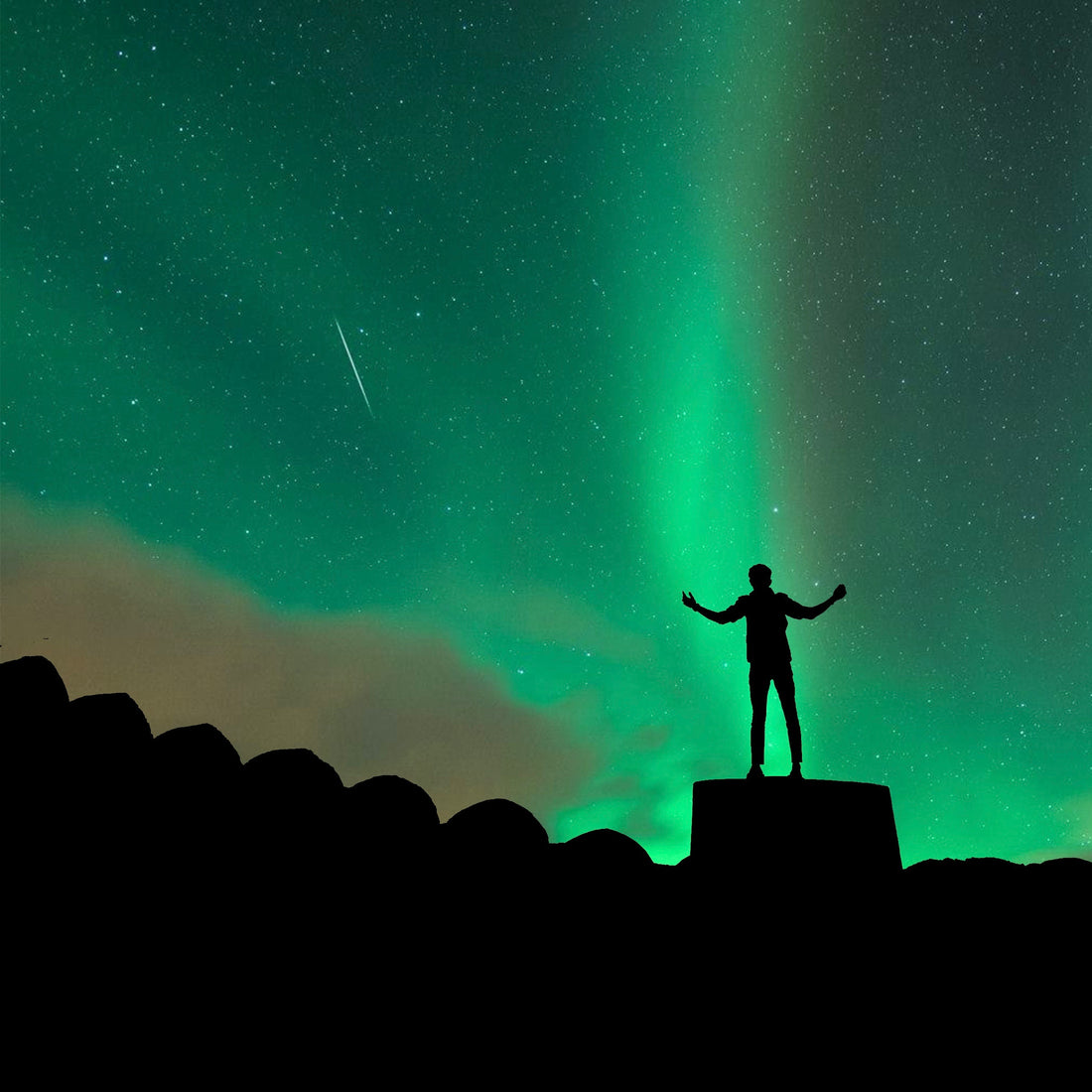#1. Timing is everything
The Northern Lights are typically visible between late September and early April in places like Norway, Alaska, Canada, Iceland, and Finland. The best time to photograph them is during the dark winter months when the nights are long. Solar weather is closely monitored and the Space Weather Prediction Center puts out alerts. You can also watch for updates at SpaceWeather.com or subscribe to their alert service for a small monthly fee.#2. Choose the right location
To capture the Northern Lights, you need to be in the right place—far away from city lights, which can obscure them. Consider locations with clear skies, low humidity, and little light pollution. National parks, remote islands, and the northernmost regions of countries are ideal.#3. Use the right equipment
You'll need a good camera, a sturdy tripod, and a wide-angle lens. A camera with manual settings will allow you to adjust the aperture, shutter speed, and ISO. A remote shutter release will enable you to take long exposures without shaking the camera. Just like nightscape photography, the faster your lens is the better it is for the subject, and you only need about ISO 1600 during a typical display. Often nightscapes on a tripod need at least f/2.8 or even better, but the northern lights can be pretty bright, so you can get away with a slower lens and just extend your exposures or increase your camera's ISO setting.#4. Take test shots
Before capturing the Northern Lights, take test shots of the night sky to determine the correct exposure settings. Start with high ISO and a long shutter speed, gradually adjusting until you get a good image.#5. Capture movement and colors
The Northern Lights come in different colors, including green, red, yellow, and purple. To capture the colors, use a low ISO setting and longer shutter speeds of at least 15-30 seconds. Experiment with different shutter speeds to capture the movement of the lights.#6. Be patient
Capturing the Northern Lights requires patience, and it may take several attempts before you get a great shot. Don't give up, keep trying, and enjoy the experience.In conclusion, photographing the Northern Lights is an experience of a lifetime. Follow these tips to increase your chances of capturing stunning images of this magical phenomenon. Happy hunting!


